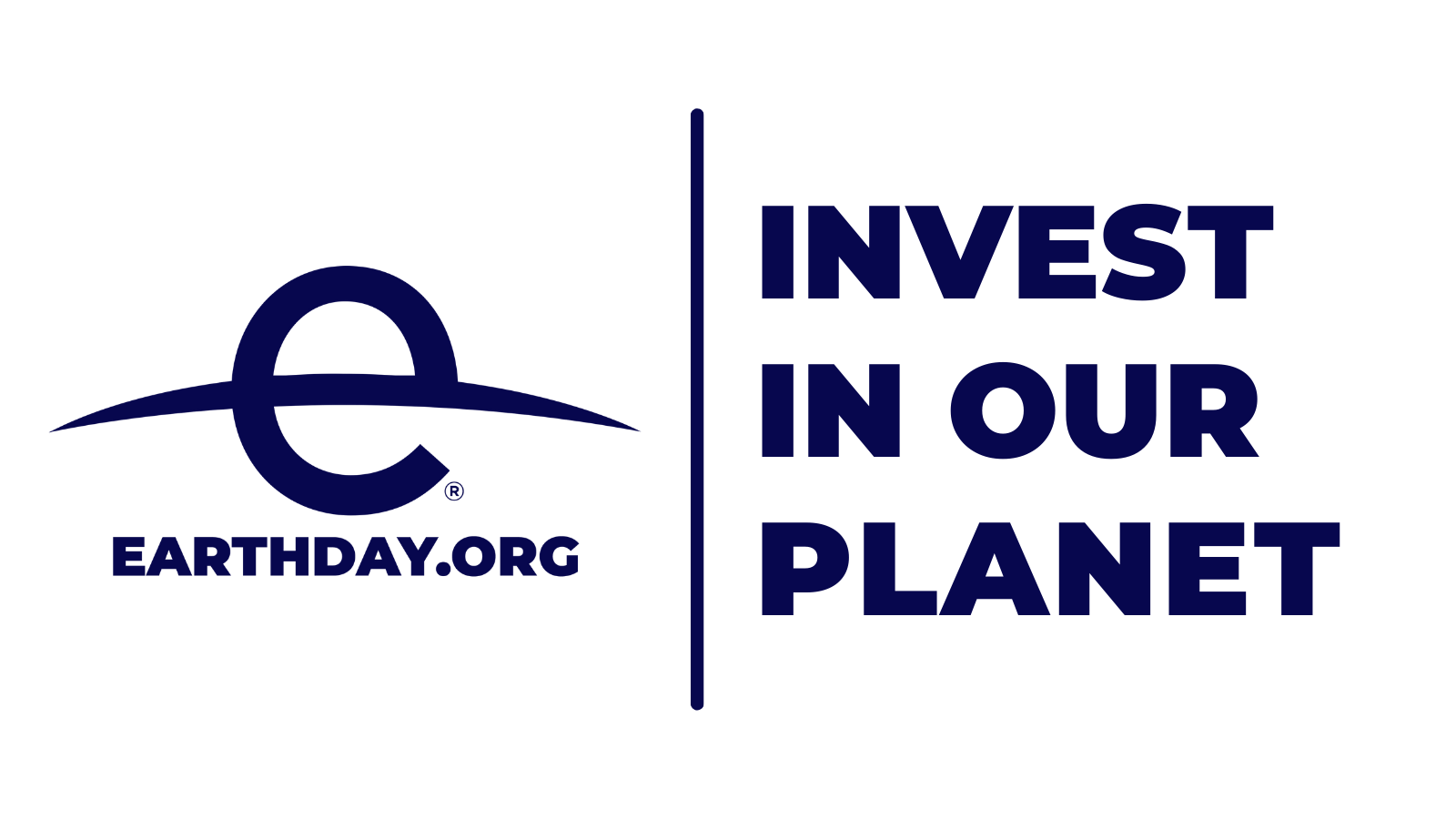|
|
|
Hi, Microplastics are infiltrating our bodies. Through the air we breathe, these tiny, invisible particles shed by our own clothes, carpets, and car tires are penetrating deep into us — even into our cells. In fact, we are inhaling more airborne dust plastics than we are eating or drinking them.1 For our own survival, we need to stop plastic pollution — and you have the power to do that. On this World Environment Day, be a part of the global movement by supporting EARTHDAY.ORG today. Tiny plastic particles have been discovered in the lungs and blood of living humans.1 The full extent of its harmful effects are yet to be fully known, but certain health issues already have been observed to have a higher correlation with plastic substances in the blood, specifically BPA and phthalates.2,3. Increased blood pressure, cardiovascular disease, diabetes, reproductive abnormalities, early puberty and childhood obesity are among such health issues. The main sources of microplastics permeating the air are a combination of sea sprays, wind abrasions, emissions from areas of landfill, degradation and fragmentation of textiles, mechanical drying of synthetic materials, and tire and road wear.4,5
Unsustainable industry practices are exploiting our environment without regard for the long-term repercussions, prioritizing immediate profits over our well-being and the planet. What further aggravates this situation is the lack of government intervention which fails to hold industries accountable. That’s why EARTHDAY.ORG is on a mission to ignite the transformational change our world needs. As the largest global recruiter for the environmental movement, we’re fighting every day against the polluters and for politics that protect our health and welfare. Will you consider contributing to our initiatives for positive environmental change? We are relentlessly seeking to propel more actions against plastic pollution, especially through our campaigns to End Plastic Pollution, The Great Global Cleanup, The Canopy Project, and Fashion for the Earth. Our efforts are already making a difference, but only with your help can we effectively act and save our planet. Donate to EARTHDAY.ORG today to effect immediate and impactful change for our environment. For the planet, Kathleen Rogers Footnotes: 1. National Geographic: https://www.nationalgeographic.com/environment/article/microplastics-are-in-our-bodies-how-much-do-they-harm-us 2. EARTHDAY.ORG: https://www.earthday.org/the-invisible-plastic-particles-in-our-drinking-water/ 3. Mayo Clinic: https://www.mayoclinic.org/healthy-lifestyle/nutrition-and-healthy-eating/expert-answers/bpa/faq-20058331 4. World Health Organization: https://www.who.int/publications/i/item/9789240054608 5. Science of the Total Environment: https://www.sciencedirect.com/science/article/pii/S0048969723008094 6. The Guardian: https://www.theguardian.com/environment/2019/apr/15/winds-can-carry-microplastics-anywhere-and-everywhere 7. International Union for the Conservation of Nature: https://portals.iucn.org/library/sites/library/files/documents/2017-002-En.pdf 8. American Chemical Society: https://pubs.acs.org/doi/abs/10.1021/es201811s 9. National Geographic: https://www.nationalgeographic.com/environment/article/tires-unseen-plastic-polluter |
|
EARTHDAY.ORG · 1752 N St NW, Suite 700, Washington, DC
20036, United States
|

